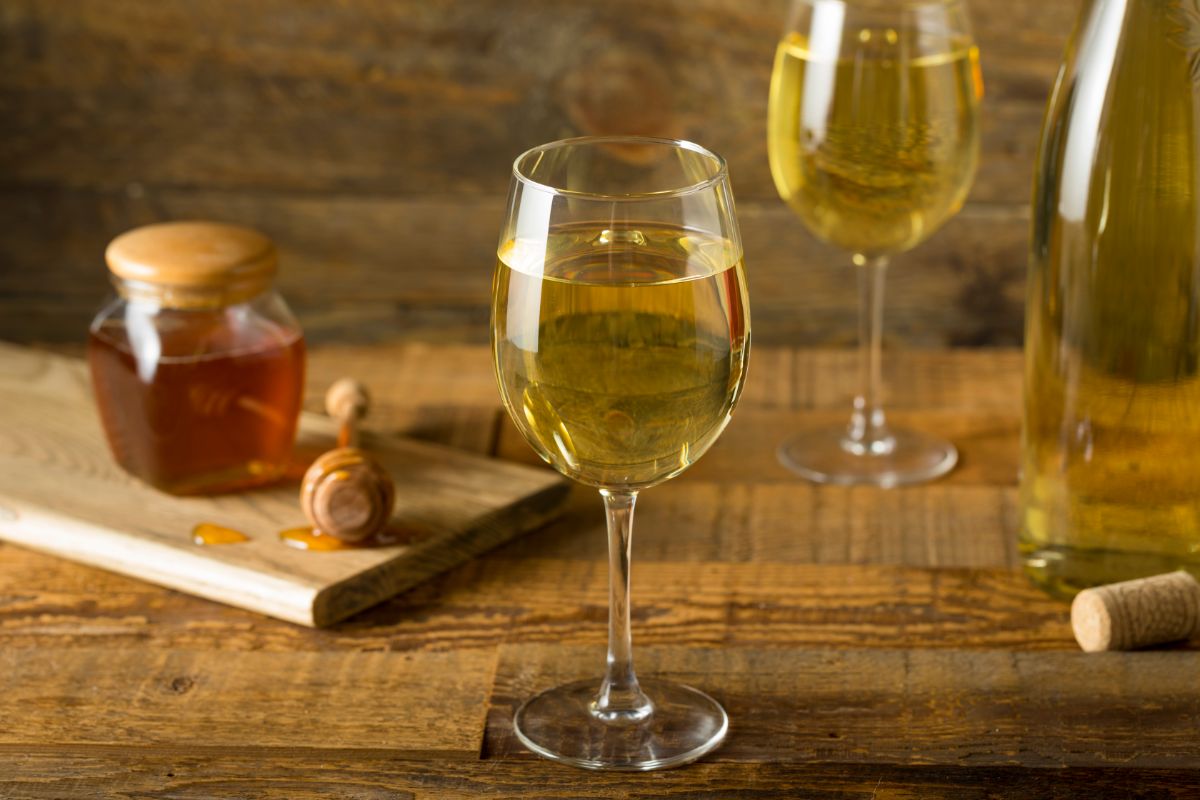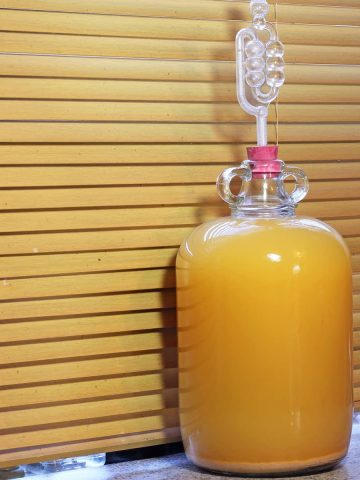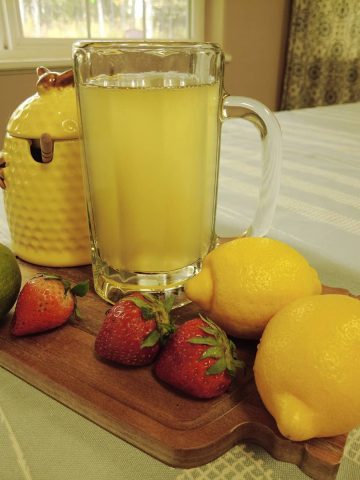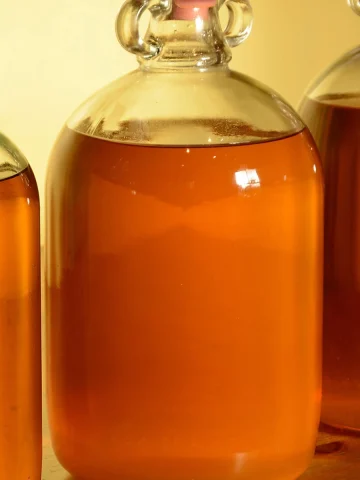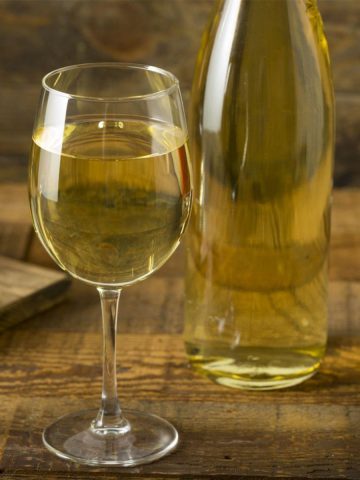Mead is a somewhat eccentric alcoholic drink with a long and storied past and has been consumed in various forms worldwide.
It is often referred to as the ‘nectar of the Gods’, but what is the best honey for making mead, and what different concoctions are there?
Mead is an alcoholic drink made with virtually any type of honey. When choosing the best honey for mead, you have many options for honey and opportunities for experimentation.
You can choose dark, light, mild, sweet, floral, pasteurized, raw honey, and even the cheapest honey you can find to make a batch of mead.
What Is The Best Honey For Mead?
The question is a lot more complicated when we talk about the best honey.
While there are more popular types of mead than others, there are numerous different flavors and styles, all of which require a different type of honey to make them what they are.
The Most Popular Varieties
While the best honey will always be a matter of personal preference, the most popular varieties tend to be local, raw honey and well-known varieties like orange blossom and meadowfoam.
What Type Of Honey Can You Use To Make Mead?
There are various types of honey, but the main varieties are dark and raw.
Dark honey is generally used to create a darker, richer, and more complex mead, which, when finished, tends to have a similar color to an amber ale.
On the other hand, raw honey is used to create a lighter, paler mead - similar to lager in color.
You may like: Where to Find Honey Mead in Liquor Store
The Varieties Of Honey
Some other varieties include wildflower, clover, buckwheat, fireweed, maple blossom, and mesquite, and each brings something a little different to the table.
Ultimately, the names of these types of honey come from the specific flowers the bees get their nectar.
How Pure Can Honey Be?
Despite sharing their names with their flowers of origin, most types of honey produced are rarely composed of one solitary nectar.
This is because producers rely on a natural process for this to happen, and there is no way of controlling which flowers the honey bees choose to land on and interact with.
However, they can bring the ratio more in line by placing the bees in a field with predominantly one type of flower.
Using Dark Honey For Mead
When it comes to dark honey, several different conditions can come together to create it.
Influential Environmental Factors
This can depend on the time of year the honey is harvested, with the fall producing the darkest honey. This is because the flowers that produce this dark honey tend to thrive during this time of the year, making this outcome much more likely.
Strangely enough, honey also turns a dark amber color when it has been heated in some way. An example is when the honey has been stored at room temperature; the color turns darker.
The Benefits Of Dark Honey
There are also benefits to using dark honey, particularly for newer brewers who might make more mistakes.
Firstly, the stronger, richer taste of dark honey can help to disguise any small mistakes that might have happened during the fermentation process.
This means that, even when these mistakes have been made, you can still end up with an enjoyable, tasty mead at the end.
The aesthetic outcome of dark mead is also easier to get right than the paler varieties. Paler mead can be hard to keep clean and attractive looking, whereas dark mead can mask any cloudiness or physical imperfections.
When Is Darkness Bad?
However, dark coloring can be a bad sign, especially if that is not what you were initially aiming for during fermentation.
Dark coloring in your mead can also signal oxygen that has permeated the mead and darkened it.
This is referred to as oxygenated mead, and this is characterized by a bad taste that has been compared to cardboard - a stale taste that represents a ruined batch of mead instead of the sweet nectar you were shooting for.
Using Raw Honey For Mead
By and large, raw honey is the best honey you can use for mead production. This can come in bottled form, or it can still be in the form of a honeycomb.
The Benefits Of Raw Honey
‘Raw’ honey means it hasn’t been heated in any way - be it naturally or unnaturally - and this means that the aromas and flavors remain intact, creating a lighter, airier taste.
This is why raw honey mead is more associated with spring/summer, as the light taste makes for a perfect hot weather treat.
Another benefit is that the nutrients remain tightly locked within the raw honey, maintaining the health benefits associated with this natural substance.
Why Is Heating Bad?
Heating honey can destroy the aromas, the flavors, and the nutrients, which leads many mead purists to avoid the process as much as possible.
Is Heating Necessary?
Unfortunately, the process of pasteurization often requires heat to work, which makes heating honey a common and necessary part of the process - especially when producing mead for mass sale.
However, many argue that honey is an anabolic substance that doesn’t require pasteurization. This means that it doesn’t become infected with bacteria unless moisture is added.
Which Honey Is Cheapest?
The cheapest honey on the market is clover honey. This has a more consistent flavor, which makes it a suitable choice for the mass production of mead.
However, mead purists warn against bulk buying mass produced honey, and always suggest supporting local brands for the best outcome.
Final Thoughts
So, did we answer your question regarding the best honey for mead?
For most mead producers, the best mead is local raw honey, as it offers the tastiest flavor palette, and has the most nutritional value.
However, there are several popular varieties that mead enthusiasts continually come back to again and again!

